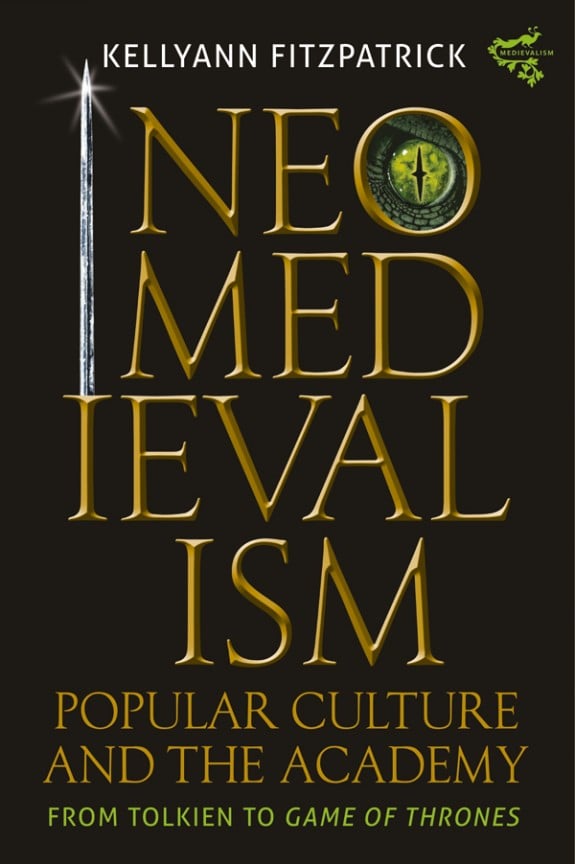 Given the excellent examples set by my colleagues Rachel and James, I’ve outlined some of my tentative research interests for 2020.
Given the excellent examples set by my colleagues Rachel and James, I’ve outlined some of my tentative research interests for 2020.
Documentation
Technical communication–long an interest of mine in both the tech industry and academia–is about more than just documentation (e.g., see the excellent work my former Georgia Tech colleague Halcyon Lawrence does in technology and language bias). That said, documentation per se has been part of an increasing number of conversations lately. For instance, when Visa announced its acquisition of Plaid earlier this week, James Watters tweeted that Visa had paid “$5.3B for a product that starts with developer API documentation.” Indeed, in an age of proliferating APIs, corresponding documentation will need to follow suit, but developers often need more than an API reference.
Companies that provide clearly organized resources such as getting started guides, thoughtful use cases, and even clearly articulated processes for using reference materials have helped supply developers with the tools they need to try out their offerings. Such resources also become tools with which developers can more easily champion a given technology (and thus such companies have a head start in potential developer-led adoption). On the flip side, we’ve seen companies ranging from start-ups (who sometimes do not know how to begin when it comes to documentation) to successful industry leaders (because docs sprawl is real) struggle to meet developer documentation needs.
While I spend a lot of time speaking to folks and working with clients on technical communication, in 2020 I plan to further explore some of the best practices, tools, and processes around developer documentation. In addition to product documentation, I will be looking at the processes and practices around open source projects. I am also interested in hearing from more folks who produce these resources (so whether you are a tech writer at your company, a developer who has been tasked with documentation responsibilities, a participant in a documentation SIG or community like Write the Docs, etc., I’d love to hear from you).
Serverless
As my colleague Rachel has noted, usage of the term “serverless” has expanded beyond functions to include many types of fully managed services (including those centered around containers, analytics, and data stores). With all three of the largest cloud providers offering multiple serverless products, there has been an uptick in conversations around tech designed to better manage these offerings. We have also seen the emergence of specialized “serverless platforms” designed to facilitate application development with other technologies (e.g., MongoDB Stitch).
While I am interested in evolving usages of serverless and the various offerings that invoke it, I am even more interested in the changes in software development, testing, deployment, and maintenance processes that these offerings necessitate. What does it mean, for instance, to developers trying to test locally when parts of what they are building rely on services that are fully managed by a public cloud? How do you incorporate serverless components into a product’s CI/CD pipeline? As I have discussed in a recent conversation with some folks at New Relic and AWS, how does a concept like observability work with serverless? If, as a recent Twitter exchange indicates, education is a blocker to serverless adoption, what kind of educational resources are best suited to what is still an emergent tech?
Learning Pathways
The acquisition of software development skills is vital both to 1) individuals who want to build things and/or establish a career and 2) products and technologies looking to drive adoption and establish/expand a user base. The appetite for development skills acquisition–whether for folks looking to get into tech or those looking to learn about new tech–has driven the success of online learning platforms, the creation of vendor-driven certification programs,and even the seeming ubiquitousness of coding boot camps (although notably the effectiveness and ethical administration of these offerings can vary). From the vendor side, we have seen phenomena such as Trailhead, which began as a way for Salesforce to meet customer demand for developers who could build on its platform, but has since expanded its offerings to include more general coding and career-building learning resources.
I am also interested in ongoing innovations in the types of learning resources available. Salesforce, for example, recently launched Trailhead Live, which offers live and on-demand videos focusing on skill development (including some live coding). This mirrors the practice of tech companies leveraging platforms like Twitch–initially known as a space for gamers–to provide often interactive online experiences. The value of interactive learning experiences is also emphasized by platforms such as Katacoda, which was recently acquired by O’Reilly specifically for the interactive and hands-on experience it provides (e.g., through sandboxes and tools). Throw in some interesting “see what’s behind the curtain” resources like the Amazon Builders’ Library, which invites developers to learn from practices and processes used by AWS itself, and the 2020 tech learning landscape promises to be very interesting indeed.
2020 Bonus Topic: Gaming
With some estimates placing the 2019 global gaming market at close to $150 billion, there is certainly enough financial impetus to care about how and with what tools games are made. Add to this some additional points of interest:
- I have done a bit of research on games in my academic work (including a chapter or two in my recent book), and (when I don’t have a book to write), I actually play them.
- Although I do not buy into the “all developers are gamers” stereotype, with an estimated 2.5 billion gamers in the world, there is bound to be some overlap (and also some overlap among gamers and analysts).
- Online gaming often benefits from and relies on technologies and processes more generally available in the tech industry.
- The gamification of learning is ongoing (including learning pathways in the tech industry), as is the crossover of gaming trends (such as live-streaming on platforms like Twitch) into developer culture.
- If I can’t find a reason to write about Dungeons & Dragons at RedMonk, who will?
I therefore hope to spend some of 2020 digging more into the technologies, processes, and platforms involved in game design and development (and conversely, into the gaming trends that are making their way into technical communication and education).
To clarify: this is by no means an exhaustive list of my research interest (and in our industry things can change at the drop of a hat); however, if you would like to chat about any of these areas, please feel free to contact me at [email protected] or find me on Twitter.
Disclosure: MongoDB, AWS, New Relic, and Salesforce are RedMonk clients; however, this is not a commissioned post. Visa and O’Reilly are not currently RedMonk clients.

No Comments